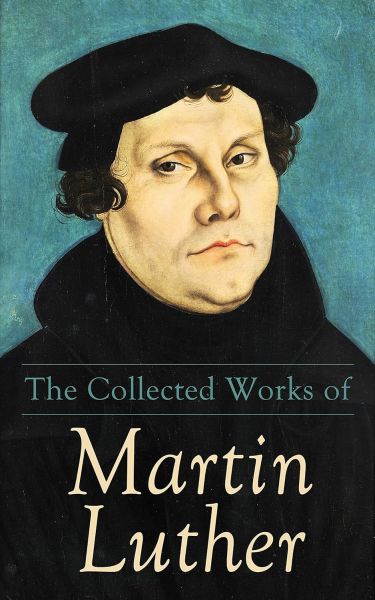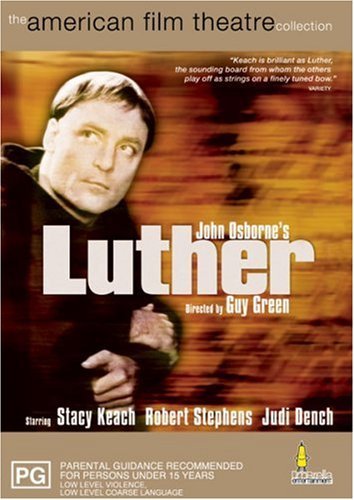Martin Luther's Challenge
Martin Luther's Challenge
My interest in Martin Luther started after I graduated from college and started working for my father's company. At that time, the Public Broadcasting Service ran a program called PBS Saturday Night at the Movies, introduced with the music of Modest Mussorgsky, Pictures at an Exhibition. I got my first viewing of Fritz Lang, Ingmar Bergman, Federico Fellini, and many others in that glorious hierarchy of film artists from watching PBS Saturday Night.
A few of the movies that PBS chose for viewing surprised me. One night, for instance, it broadcast Luther, first released in 1974 and based on a play of the same name by the British playwright John Osborne, first published in 1961. Osborne is perhaps best-known for his play Look Back in Anger, which he published in 1956. It came out as a film in 1958, with Richard Burton and Claire Bloom in the lead roles. Osborne also wrote The Entertainer in 1957, which came out as a film in 1960, starring Laurence Olivier.
I have made a tally of all the movies about Martin Luther—about nine of them—and watched as many of them as I could find. They approached Martin Luther mostly as an important religious figure who preached a lot, and they were, by and large tedious because they concentrated on the doctrinal aspects of Luther's religious dispute with the Roman Catholic Church.
None of them had the impact on me that the 1974 Luther-film had, perhaps because John Osborne imbued his play with a literary ambiance. He developed his characters to show that they were not simply religious men, but also combative academics who clawed their way to the pinnacle of their profession with competitive, argumentative personalities. Having attended college, I expect that of academic types. They can toss off witty insults as well as anyone.
Luther brought alive modern problems that have haunted me since, namely the fallability of human institutions. Like other old, hulking institutions, the Roman Catholic Church was a victim of its own successes. Cities grew up around monastic centers; nuns and monks created centers of education and economic growth. They basically created the modern city by educating the young to become citizens. The Church provided them with the right to own property, enabling business development, and protecting it all with fortifications to guard against intruders.
But even as the Church grew in power and influence, it also suffered from the same frailties that have marked every other human endeavor. We can read about similar experiences with the Israelites in the Old Testament. The Lord moved the Israelites from Egypt to the Promised Land, where they build cities and created centers of education, a religious hierarchy, and protected it all behind secure walls.
Just as treachery grew in the shadow of greed and nepotism in Israel, corruption and immorality came to define the hierarchy of the Church in Rome. Political power and organization allowed the culture of materialism and sexual predation, and the ability to get away with it all. The immoral life of the Church rivalled its traditional role. Church's leaders worked hard to hide the sordid truth, but once Luther published his 95 Theses, his reformist ideas spread across Europe like a wild-fire in a parched field. Europeans had waited a long time for a rebel like Luther.
More about Martin Luther in my next post.


